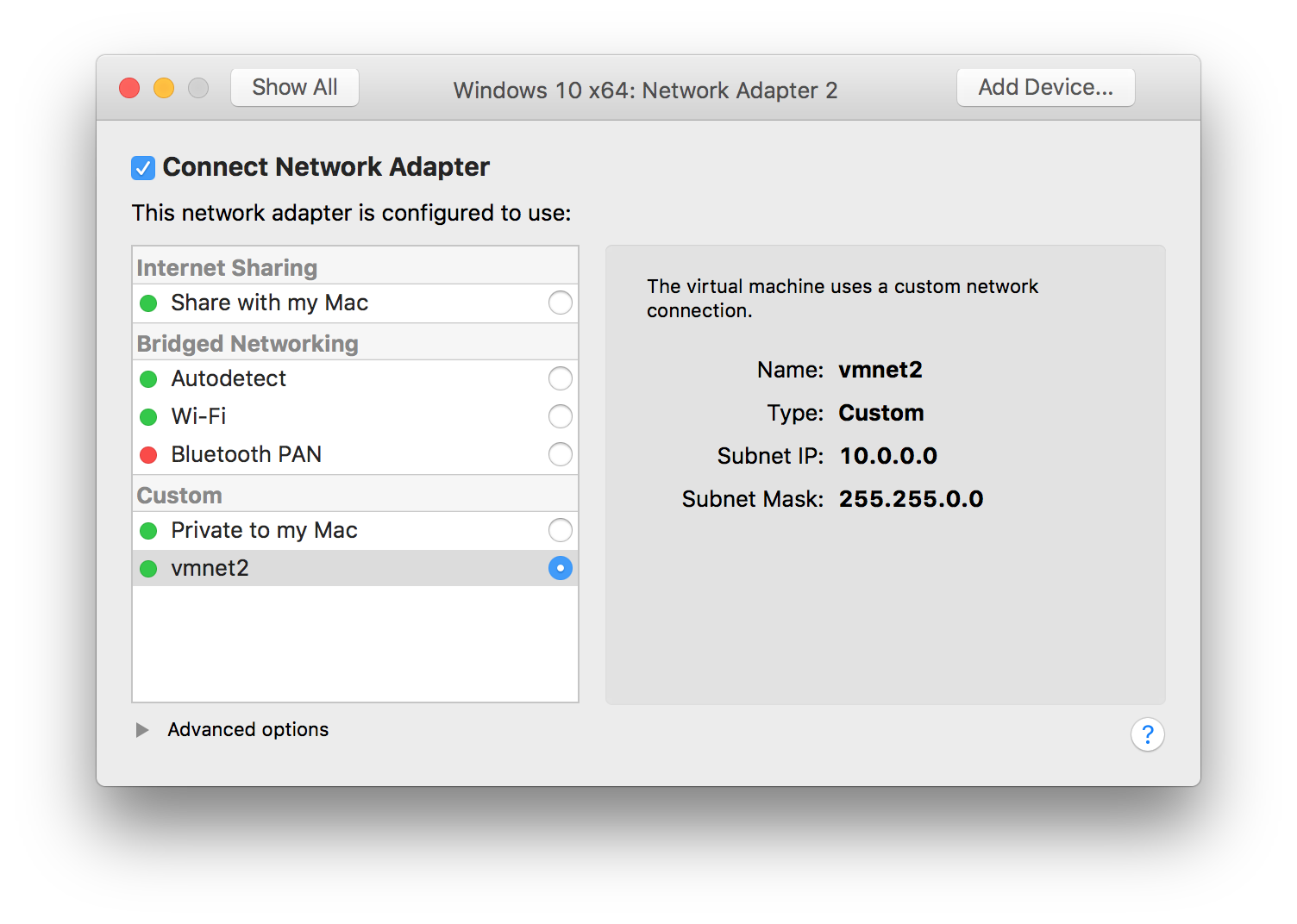DVRaptor Driver updated driver for Windows 7 Service Pack 1 (Microsoft Windows NT 6.1.7601.17514) 2014: 9.5.2020: 96: 69: 100%-DVRaptor Driver recommended driver for. Windows 7 drivers. Windows 7 is an operating system of Windows NT family which was released after Windows Vista but before Windows 8. According to the data on summer of 2017, Windows 7 is the most popular operating system in the world. According to the data on July, 2017, Windows 7 is used on 48.91% of all PCs worldwide.  DVRaptor last downloaded: 6.6.2020 - 2020 version. Download Rating: 84%. Update driver: DVRaptor - driver download software, Device drivers: DVRaptor - driver download software.
DVRaptor last downloaded: 6.6.2020 - 2020 version. Download Rating: 84%. Update driver: DVRaptor - driver download software, Device drivers: DVRaptor - driver download software.
- Creating an environment
- Creating an environment from a template
- Skytap Cloud public templates
- Overview: Importing VMs into Skytap Cloud
- Importing VMs using the VM Imports page
- Preparing Power LPARs for import into Skytap
- Importing VMs using the Advanced Import Appliance
- Additional ways to import Power LPARs into Skytap
- Importing VMs using the VM Imports page
- Creating an environment from a template
- Accessing VMs
- Accessing VM desktops from a browser
- Using audio with a VM
- Accessing VM desktops from a browser
- Transferring files to a VM
- Adding and sharing files with the shared drive
- Editing environments and networks
- Editing VMs
- VM hardware and guest OS settings
- VM network settings
- Adding containers and container hosts
- Creating a container host
- Managing networks
- Network overview
- Using multiple networks in an environment
- Networking between environments
- Editing an automatic network
- Exposing and blocking public Internet access to VMs
- Accessing VMs with published services
- Using public IP addresses
- Editing VMs
- Sharing VMs and environments with sharing portals
- Creating a sharing portal
- Sharing resources with projects
- Saving an environment as a template
- Understanding regions
- Managing your account settings
- Viewing your current usage and usage limits
- Best practices
- Automating VMs and environments
- Automatically suspend or shut down inactive environments
- Automating actions with schedules
- CI/CD reference architectures
- IBM i Data Protection and Resiliency Solutions
- Disaster recovery reference architectures
- Organizing resources with labels and tags
- Using Skytap Cloud for training classes
- Automating VMs and environments
- Knowledge base
- Editing VMs outside of Skytap Cloud
- Using Windows in Skytap Cloud
- Using Power VMs in Skytap Cloud
Overview The VMware OVF Tool is a conversion program freely downloadable from VMware that assists in the distribution of virtual machines (VMs) and vApps, converting them between OVF, VMX and OVA formats. It also includes a command‑line facility to import and export OVF packages between environments or from third party suppliers. VMware Fusion 12 VMware Fusion delivers the best way to run Windows on the Mac, and the ultimate development and testing tool for building apps to run on any platform. Ready for macOS 11.0 Big Sur, Fusion 12 supports macOS 10.15 Catalina and includes new features for developers, IT admins and everyday users.
The VMware OVF Tool converts an OVF VM image into VMX format, so the VM image can be used with VMware Converter.
Notes
- You don’t need this tool if you are importing images directly from a VMware hypervisor, such as ESXi, VMware Workstation, or VMware Fusion into Skytap; OVF Tool is a supplemental tool that supports VMware Converter.
- Some VirtualBox OVA files are incompatible with VMware products. For more information, see https://www.virtualbox.org/ticket/7982.

Contents
Downloading and installing the OVF Tool
The VMware OVF Tool (and OVF Tool User Guide) can be downloaded for free from: http://www.vmware.com/support/developer/ovf/
Install this utility on the local machine where the VM images reside. Create separate directories for the original and converted VM images. The following is an example of these steps on a Windows machine:

Download OVF Tool and install it to the following location:
Create a directory for the image that you want to convert:
Create a separate directory where the tool can put the converted VMX image:
Converting the OVF file to VMX
Ovf Vmware For Mac Os

To convert the OVF file to VMX
- Open a command prompt.
Navigate to where OVF Tool is installed:
Run the OVF Tool:
The first section of the command includes the name and location of the source OVF file. The second section determines where the VMX file will be created.
To see all of the help options for the OVF Tool, type
ovftool --help.If the OVF converter tool reports an error similar to the following:
try adding the
--laxflag. For example,

Copyright © 2020 Skytap, Inc. | Privacy Policy | Terms of Service | Support
OVF is a file format that supports exchange of virtual appliances across products and platforms. When you export a virtual machine as an OVF file, you create a directory that contains an OVF file and the virtual disk files. You might consider an OVF as an archive of all the files that belong to the OVF directory. OVA is a single file distribution of the same OVF file package.
Vmware For Mac Trial
The OVF and OVA formats offer the following advantages:
- OVF and OVA files are compressed, allowing for faster downloads.
- The vSphere Web Client validates an OVF or OVA file before importing it, and ensures that it is compatible with the intended destination server. If the appliance is incompatible with the selected host, it cannot be imported and an error message appears.
- OVF and OVA can encapsulate multi-tiered applications and more than one virtual machine.
Exporting OVF or OVA templates allows you to create virtual appliances that other users can import later. You can use the export function to distribute pre-installed software as a virtual appliance, or to distributing template virtual machines to users. You can make the OVF or OVA file available to users who cannot access your vCenter Server inventory.
Vmware Ovf Mac Address
Deploying an OVF or OVA template allows you to add pre-configured virtual machines or vApps to your vCenter Server or ESXi inventory. Deploying an OVF or OVA template is similar to deploying a virtual machine from a template. However, you can deploy an OVF or OVA template from any local file system accessible from the vSphere Web Client, or from a remote Web server. The local file systems can include local disks (such as C:), removable media (such as CDs or USB keychain drives), and shared network drives.
